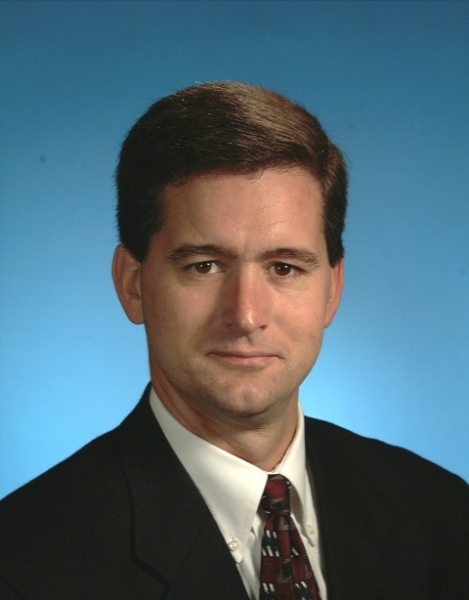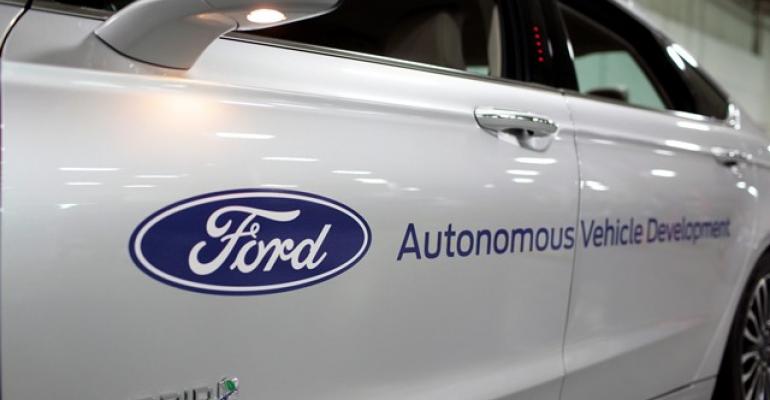DETROIT – The automobile industry these days increasingly prefers the open collar to a necktie and it is not just fashion statement, leading executives say, but a cultural shift steadily making engineering jobs in Detroit and Stuttgart more attractive to young talent previously drawn to the laidback lure of Silicon Valley.
“It’s on the way back,” says General Motors Vice President and Chief Technology Officer Jon Lauckner, who also heads the automaker’s venture-capital arm where he has an umpire’s view of startup and investment activity. “People are rediscovering the auto industry.”
Lauckner recalls launching GM Ventures nearly seven ago and “counting on one hand” the number of startups relevant to automotive, whereas today there is a hum of activity in highly germane fields such as artificial intelligence, microprocessors and materials science.
“For years and years the cutting edge of technology was in consumer electronics, specifically around phones and tablets, and talent gravitates to the cutting edge,” he tells the SAE World Congress Experience here. “Now it’s completely flip-flopped. There is a lot of innovation to be done in the auto industry.”

But evidenced by three fellow executive panelists still choosing more sartorial dress, the industry has not fully adopted Silicon Valley’s style.
Jeff Klei, president of Continental North America, recalls a technical briefing at the global supplier with a young, self-educated German considered by many as one of the world’s authorities on AI. Klei asked him if he would consider working for a company such as Continental.
“He quickly said, ‘Probably not,’” Klei says. “And it wasn’t because it was Continental. It was because these folks want to make a difference. They want to leave their mark on something and we don’t always enable that. We have a lot of bureaucracy. We can’t give them what a lot of these startup companies can.”
But auto companies can help themselves by becoming more visible on the college campuses graduating the next generation of innovators, says Ken Washington, vice president-Advanced Research and Engineering at Ford. He suggests funding a greater number of university research projects and doubling down on science, technology, engineering and mathematics education.
“These are straightforward, relatively inexpensive investments we can make in our future,” Washington says.
Doug Patton, chief technical officer and executive vice president-Engineering at Denso International America, offers another nugget of advice to the industry’s human-resources departments: “We have to recognize we are not hiring ourselves. This is a new generation.”
Change is afoot elsewhere in automotive, led most evidently by the promise of AI. The executives say it introduces disruptive elements to the core business of vehicle development and manufacturing, but also can be applied to the adjacencies of finance and workforce management.
“If you unravel all the scenarios, you begin to see the possibilities,” says Washington, whose company will invest $1 billion over five years to combine its autonomous-vehicle technology with the robotics expertise of startup Argo AI. “And it is not a technical discussion, it is a business discussion.”

Phil Jansen, head of product development at FCA North America, warns “creating a brain” for the car will not come overnight, even at the industry’s current pace of technological development. He compares it to manufacturing robotics, which took decades to perfect and roll out to assembly plants.
“It is a journey,” he says. “It will not come quickly.”
However, the executives suggest the industry should resist superfluously applying technology to vehicles because it may sound sexy. The rule of thumb at FCA is technology must fit the brand and the vehicle application or it risks narrowing the appeal of a product.
“If we throw it all in there, we’ll go out of business,” Jansen says.
Lauckner has particular reservations over emerging gesture controls, calling it “gadget” technology at this point. He says research and development dollars would be more smartly spent on improving voice recognition.
“Every manufacturer, to a greater or lesser extent, has issues with voice recognition,” he says. “In my humble opinion, voice recognition, speech recognition, natural dialogue (development) is far more important.”





